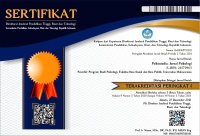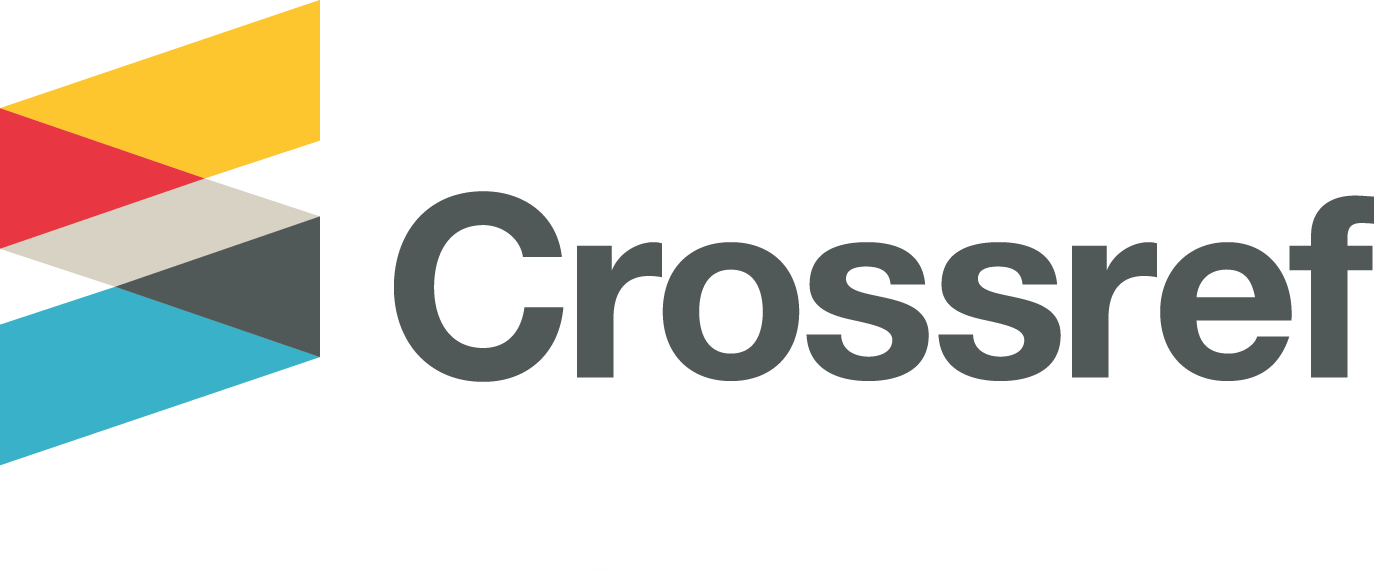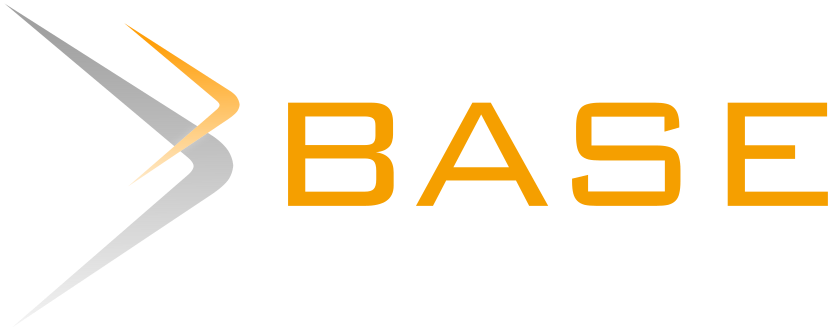The Role of PERMA+4 in Increasing Happiness at Work in BUMN X
Abstract
Prioritizing happiness at work is a phenomenon in every company. In the fast-paced digital era, work demands are getting higher, and workloads are always arriving. This makes companies and employees required to quickly and be ready to adapt. PT X is a BUMN that has a large responsibility and workload related to energy generation and distribution, where this is prone to making employees easily burn out and stressed. To prevent and reduce the impact of high job demands, PT X issued a PerDir to implement a life balance program that aims to increase employee Happiness at Work. PERMA+4 can be used as a framework in compiling programs to increase employee Happiness at Work. The aim is to increase Happiness at Work at PT X so that employees are better prepared to face all changes and are ready to contribute more to PT X. The Research & Development method is used to produce programs that are right on target and test the effectiveness of the program. The results of the research are that the Happiness at Work program with the PERMA framework makes it possible to increase employee happiness at work, where the program is in the form of four types of programs, namely two programs that are carried out in companies, and two programs that can be carried out independently. The subjects of this study were all employees at PT X.
Memprioritaskan kebahagiaan dalam bekerja menjadi sebuah fenomena di setiap perusahaan. Di era digital yang serba cepat membuat tuntutan pekerjaan semakin tinggi dan workload yang selalu berdatangan. Hal tersebut membuat perusahaan dan karyawan dituntut untuk secara cepat dan siap beradaptasi. PT X merupakan BUMN yang memiliki tanggung jawab dan beban kerja yang besar terkait pembangkit dan distribusi energi, dimana hal tersebut rentan membuat pegawai menjadi mudah burnout dan stress. Untuk mencegah dan mengurangi dampak dari tuntutan pekerjaan yang tinggi, maka PT X mengeluarkan PerDir untuk menerapkan program keseimbangan hidup yang bertujuan untuk meningkatkan Happiness at Work pegawai. PERMA+4 dapat digunakan sebagai sebuah framework dalam menyusun program untuk meningkatkan Happiness at Work pegawai. Tujuan meningkatkan Happiness at Work pada PT X agar pegawai semakin siap untuk menghadapi segala perubahan dan siap berkontribusi lebih untuk PT X. Metode Research & Development digunakan untuk menghasilkan program-program yang tepat sasaran, dan menguji keefektifan program tersebut. Hasil dari penelitian adalah bahwa program Happiness at Work dengan framework PERMA memungkinkan untuk meningkatkan kebahagiaan pegawai dalam bekerja, dimana program tersebut berupa empat jenis program yaitu dua program yang dilakukan di perusahaan, dan dua program yang dapat dilakukan secara mandiri. Subjek penelitian ini adalah seluruh pegawai pada PT X.
Keywords
Full Text:
FULL TEXTReferences
Allen, M. S., & McCarthy, P. J. (2016). Be Happy in your Work: The Role of Positive Psychology in Working with Change and Performance. Journal of Change Management, 16(1), 55–74. https://doi.org/10.1080/14697017.2015.1128471
Casimiro-Andújar, A. J., Martín-Moya, R., Maravé-Vivas, M., & Ruiz-Montero, P. J. (2022). Effects of a Personalised Physical Exercise Program on University Workers Overall Well-Being: “UAL-Activa” Program. International Journal of Environmental Research and Public Health, 19(18). https://doi.org/10.3390/ijerph191811331
Chaiprasit, K., & Santidhiraku, O. (2011). Happiness at Work of Employees in Small and Medium-sized Enterprises, Thailand. Procedia - Social and Behavioral Sciences, 25, 189–200. https://doi.org/10.1016/j.sbspro.2011.10.540
Cummings, T. G., & Worley, C. G. (2015). Organization Development and Change (10 Edition). Cengage Learning.
Donaldson, S. I., Lee, J. Y., & Donaldson, S. I. (2019). The Effectiveness of Positive Psychology Interventions in the Workplace: A Theory-Driven Evaluation Approach. In Theoretical Approaches to Multi-Cultural Positive Psychological Interventions (pp. 115–159). Springer International Publishing. https://doi.org/10.1007/978-3-030-20583-6_6
Donaldson, S. I., van Zyl, L. E., & Donaldson, S. I. (2022). PERMA+4: A Framework for Work-Related Wellbeing, Performance and Positive Organizational Psychology 2.0. Frontiers in Psychology, 12. https://doi.org/10.3389/fpsyg.2021.817244
Fauziah, Z. (2020). Pengaruh Konflik Peran Ganda dan Keseimbangan Kehidupan Kerja Terhadap Motivasi Kerja Pada Karyawati Tambang Batu Bara. Psikoborneo, 8, 255–264. https://doi.org/2477-2666
Fisher, C. D. (2010). Happiness at Work. International Journal of Management Reviews, 12(4), 384–412. https://doi.org/10.1111/j.1468-2370.2009.00270.x
García, J., Junco, D., Espasandin Bustelo, F., Michael, G., Dutschke, J., Palacios, B., & Profesor, F. A. (2014). ATINER’s Conference Paper Series SME2013-0855 An Approach to the Design of a Scale for Measuring Happiness at Work of Iberian Companies. www.atiner.gr/papers.htm
Hefferon, K., & Mutrie, N. (2012). Physical Activity as a “Stellar” Positive Psychology Intervention. In The Oxford Handbook of Exercise Psychology. Oxford University Press. https://doi.org/10.1093/oxfordhb/9780195394313.013.0007
Houston, E. (2022, November 27). PositivePsychology: positive relationship workplace. https://positivepsychology.com/positive-relationships-workplace/
Kastanya, L., Cuangganatha, S., & Info, A. (2022). Subjective Well-Being dan Komitmen Organisasi Pada Karyawan yang Menjalani Work From Office (WFO) di Masa Pandemi. Jurnal Imiah Psikologi, 10(2), 394–403. https://doi.org/10.30872/psikoborneo
Korpela, K., de Bloom, J., Sianoja, M., Pasanen, T., & Kinnunen, U. (2017). Nature at home and at work: Naturally good? Links between window views, indoor plants, outdoor activities and employee well-being over one year. Landscape and Urban Planning, 160, 38–47. https://doi.org/10.1016/j.landurbplan.2016.12.005
Linz, S. J., & Semykina, A. (2010). Physical Activity: Positive Psychology in Motion. http://ssrn.com/abstract=1699302at:https://ssrn.com/abstract=1699302Electroniccopyavailableat:http://ssrn.com/abstract=1699302
Marques, I., Balle, A., & Curado, C. (2018). The Contribution of Physical Exercise to Organizational Performance. European Journal of Management Studies, 23(2), 101. https://doi.org/10.5455/ejms/289124/2018
Meyers, M. C., van Woerkom, M., & Bakker, A. B. (2013). The added value of the positive: A literature review of positive psychology interventions in organizations. In European Journal of Work and Organizational Psychology (Vol. 22, Issue 5, pp. 618–632). https://doi.org/10.1080/1359432X.2012.694689
Moccia, S. (2016). Happinnes at work. http://www.papelesdelpsicologo.es
Mohammadi, E., Batvandi, Z., & Saberi, A. (2005). relationship between happiness and different levels of physical activity. Taylor and Francis.
Mutrie, N., & Faulkner, G. (2004). Physical Activity: Positive Psychology in Motion. http://www.cdc.gov/nccdphp/sgr/sgr.htm.
Rahmadhanty, S., & Wibowo, D. H. (2022). Job Insecurity dan Employee Well-Being: Studi Korelasional pada Karyawan Kontrak di Masa Pandemi. Desember, 11(4), 542–550. https://doi.org/10.30872/psikostudia.v11i4
Rahmi, F. (2019). Happiness at Workplace. 32–40. https://doi.org/10.32698/25255
Salzberg, S. (2014). Real happiness at work _ meditations for accomplishment, achievement, and peace ( PDFDrive ). Workman Publisher.
Seligman, M. (2018). PERMA and the building blocks of well-being. Journal of Positive Psychology, 13(4), 333–335. https://doi.org/10.1080/17439760.2018.1437466
Seligman, M. E. (2011). Flourish: A Visionary New Understanding of Happiness and Wellbeing.
Sugiyono. (2018). Metode Penelitian Kuantitatif, Kualitatif, dan R&D. Alfabeta.
Tonelli, M. J. (2016). ACADEMIA AND PRACTICE. RAE Revista de Administracao de Empresas, 56(4), 373–373. https://doi.org/10.1590/S0034-759020160401
Wijaya, P., Noor, T., & Soeharto, E. D. (2021). Kontribusi Work Life Balance Terhadap Work Engagement Karyawan. Psikostudia Jurnal Psikologi, 10, 266–272. https://doi.org/10.30872/psikostudia
Yunita, M. (2019). Hubungan Psychological Capital Dengan Kebahagiaan Pada Wanita Dewasa Awal yang Mengalami Konflik Peran Ganda. Psikostudia: Jurnal Psikologi, 8, 29–36.
Zhang, Z., & Chen, W. (2019). A Systematic Review of the Relationship Between Physical Activity and Happiness. In Journal of Happiness Studies (Vol. 20, Issue 4, pp. 1305–1322). Springer Netherlands. https://doi.org/10.1007/s10902-018-9976-0
DOI: http://dx.doi.org/10.30872/psikostudia.v12i2.10222
Refbacks
- There are currently no refbacks.
Copyright (c) 2023 Psikostudia : Jurnal Psikologi

This work is licensed under a Creative Commons Attribution-ShareAlike 4.0 International License.
Psikostudia: Jurnal Psikologi is indexed by :
PSIKOSTUDIA: Jurnal Psikologi Published by Faculty of Social and Political Siences, University of Mulawarman, Samarinda, East Kalimantan and This work is licensed under a Creative Commons Attribution-ShareAlike 4.0 International License.
_________________________________________
PSIKOSTUDIA: Jurnal Psikologi
Department of Psychology
Faculty of Social and Political Siences, University of Mulawarman
Jl. Muara Muntai Kampus Gn. Kelua Samarinda 75411
Phone: +62 813 35350368
E-Mail: psikostudia@fisip.unmul.ac.id




















